City Directories and History: (Magnolia-on-the-Ashley) Magnolia Gardens, which consists of 390 of the original 1,872 acres, has a long heritage that dates back as far as 1672 when Morris Mathews, one of the first settlers to arrive in the province, received a warrant for 750 acres of land which eventually became part of the Drayton estate and Magnolia Gardens. The gardens were 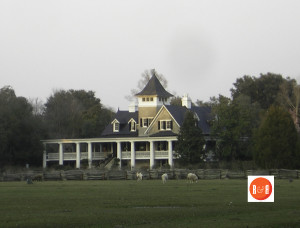
 created by the Reverend John G. Drayton during the mid-nineteenth century and is the only private wild fowl sanctuary in the Charleston County area. It is also significant that Rev. Drayton planted many of the first camellias in South Carolina and through hybridization developed many new varieties. The property includes seven wooden slave cabins, the Drayton vault, the plantation house, in addition to the gardens and nursery. Magnolia Gardens has had three plantation homes built on its grounds since its beginning. Both the original and second home were destroyed by fire. The present home, built in 1873, is a one-and-a-half story stucco construction which includes a raised basement and tower. High steps lead to a piazza which is supported by Doric columns and enclosed with a balustrade. A two story, stucco tower is set in a gable roof which also features gabled dormers. Listed in the National Register December 11, 1972.
created by the Reverend John G. Drayton during the mid-nineteenth century and is the only private wild fowl sanctuary in the Charleston County area. It is also significant that Rev. Drayton planted many of the first camellias in South Carolina and through hybridization developed many new varieties. The property includes seven wooden slave cabins, the Drayton vault, the plantation house, in addition to the gardens and nursery. Magnolia Gardens has had three plantation homes built on its grounds since its beginning. Both the original and second home were destroyed by fire. The present home, built in 1873, is a one-and-a-half story stucco construction which includes a raised basement and tower. High steps lead to a piazza which is supported by Doric columns and enclosed with a balustrade. A two story, stucco tower is set in a gable roof which also features gabled dormers. Listed in the National Register December 11, 1972.
View the complete text of the nomination form for this National Register property.
Other sources of interest: Charleston Tax Payers of Charleston, SC in 1860-61 and the Dwelling Houses of Charleston by Alice R.H. Smith – 1917 The HCF may also have additional data at: Past Perfect and further research can be uncovered at: Charleston 1861 Census Schedule or The Charleston City Guide of 1872
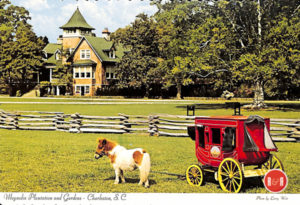
Courtesy of the AFLLC Collection – 2017
It was the Reverend John Grimke Drayton who established the magnificent Magnolia Gardens, which have brought world-wide renown to the place. Actually, Thomas Drayton, son of the Honourable John Drayton, had originally planned to will the Magnolia property to Reverend John Grimke Drayton’s older brother, Drayton Grimke, if he agreed to change his name to Grimke Drayton. Before the change of name was made, Drayton Grimke was sent to Europe to attend college. Upon his return, his brother John Grimke was sent to take his place abroad. Shortly afterwards, young Drayton Grimke was to go on a neighborhood deer hunt. While riding on horseback down the avenue in front of the house, the trigger of his gun, in an unaccountable way, caught something, and he was shot. “It is family history how he was tenderly lifted back to the lately quitted house, and how an old Mammy, kneeling beside him, held together the edges of the wound until a swiftly riding messenger could notify his Mother in her Charleston home, and have her come in time to see her son die. . . . After he was laid to rest in the family tomb at Magnolia, his Mother never revisited her childhood home.” It was not until after graduation from college and European travel, that John Grimke returned home to take his Mother’s maiden name in order to become the heir of the Magnolia estate. It was this man, John Grimke Drayton, to whom the world owes the beauty of the gardens at Magnolia. He studied for the ministry, but shortly afterwards, he developed tuberculosis. Because of this illness, he was advised by his doctor to work outdoors, and in this way the gardens as they are known today were originated.
Several accounts have been written about the enchanting beauty of this garden. For example, the following quote is from an article written by John Galsworthy in the July, 1921, issue of Century Magazine concerning the Garden, “Nothing so free and gracious, so lovely and wistful, nothing so richly colored, yet so ghostlike, exists, planted by the sons of men. It is a kind of paradise which has wandered down, a miraculously enchanted wilderness.” Also, Miss Constance Fenimore Woolsen in the December, 1875, issue of Harpers Magazine says, “Imagine long walks with the moss-draped live oaks overhead, a fairy lake and bridge in the distance, and on each side the great masses of rose and pink and crimson, reaching far above your head, thousands upon tens of thousands of blossoms packed close together, with no green to mar the intensity of their color.”
(Information from: Names in South Carolina by C.H. Neuffer, Published by the S.C. Dept. of English, USC)
Stay Connected
Explore history, houses, and stories across S.C. Your membership provides you with updates on regional topics, information on historic research, preservation, and monthly feature articles. But remember R&R wants to hear from you and assist in preserving your own family genealogy and memorabilia.
Visit the Southern Queries – Forum to receive assistance in answering questions, discuss genealogy, and enjoy exploring preservation topics with other members. Also listed are several history and genealogical researchers for hire.
User comments welcome — post at the bottom of this page.
Please enjoy this structure and all those listed in Roots and Recall. But remember each is private property. So view them from a distance or from a public area such as the sidewalk or public road.
Do you have information to share and preserve? Family, school, church, or other older photos and stories are welcome. Send them digitally through the “Share Your Story” link, so they too might be posted on Roots and Recall.
Thanks!
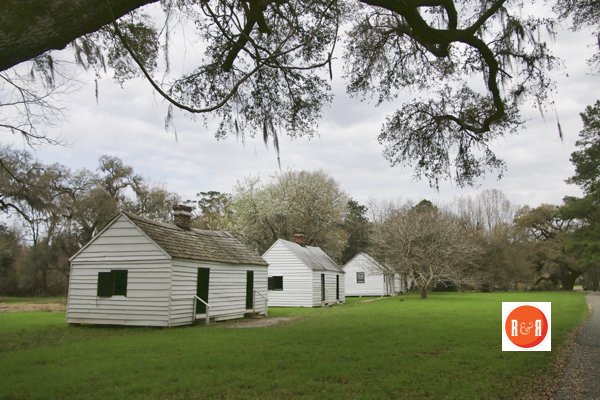
Photo contributed to R&R by Gazie Nagle @ www.fineartbygazie.com
SLAVE CABIN IMAGE GALLERY by J.I. Robinson, Consultant and Photographer, 2007
User comments always welcome - please post at the bottom of this page.
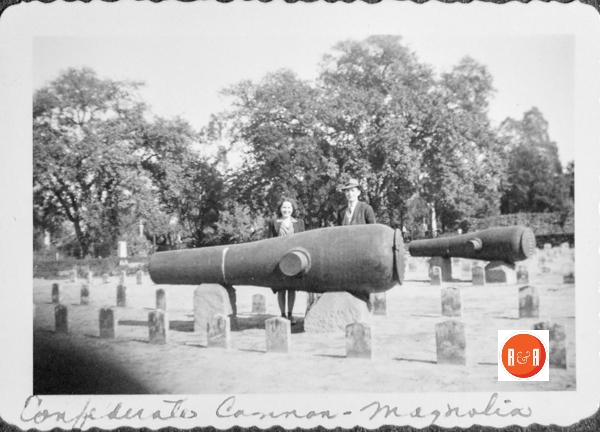
 Courtesy of the Coleman – Meek Collection – 2016
Courtesy of the Coleman – Meek Collection – 2016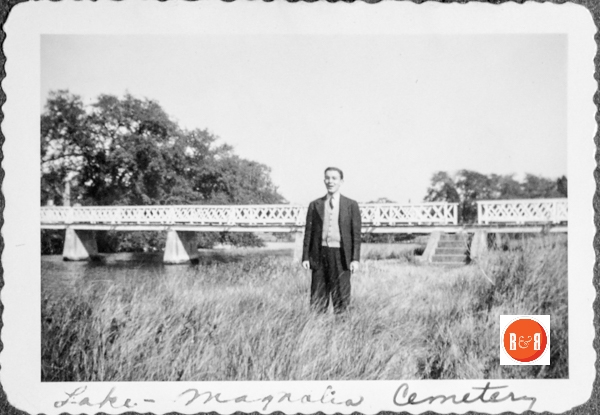
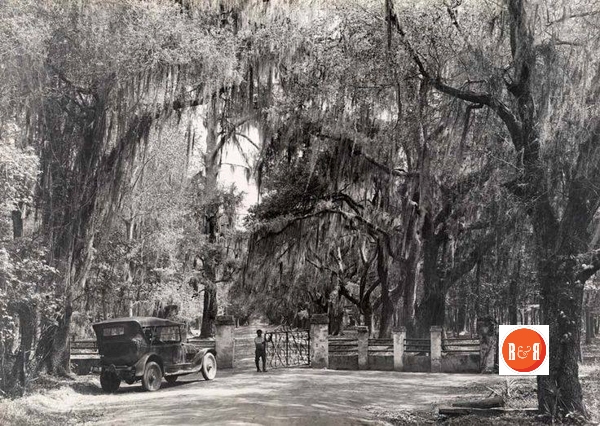
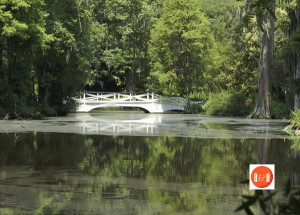

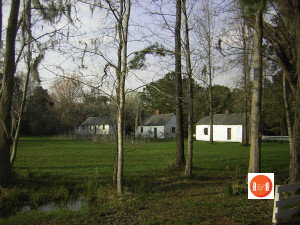
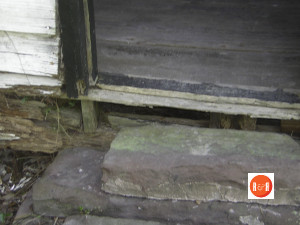
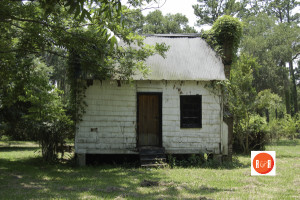
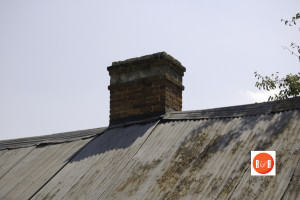
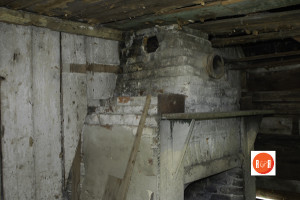
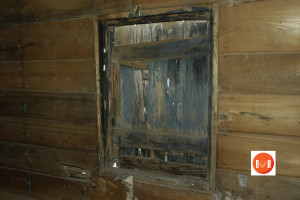
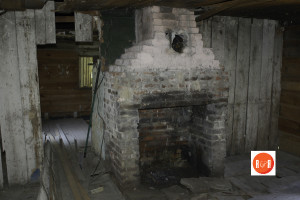
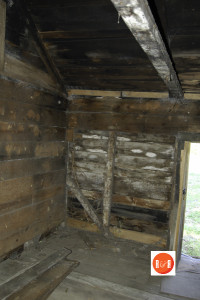
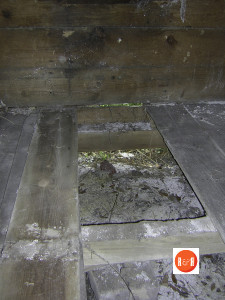

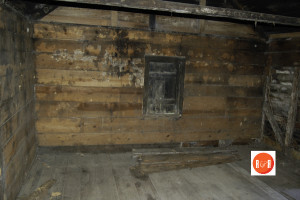
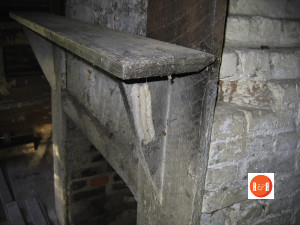


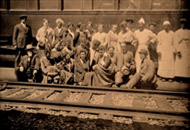
Share Your Comments & Feedback: